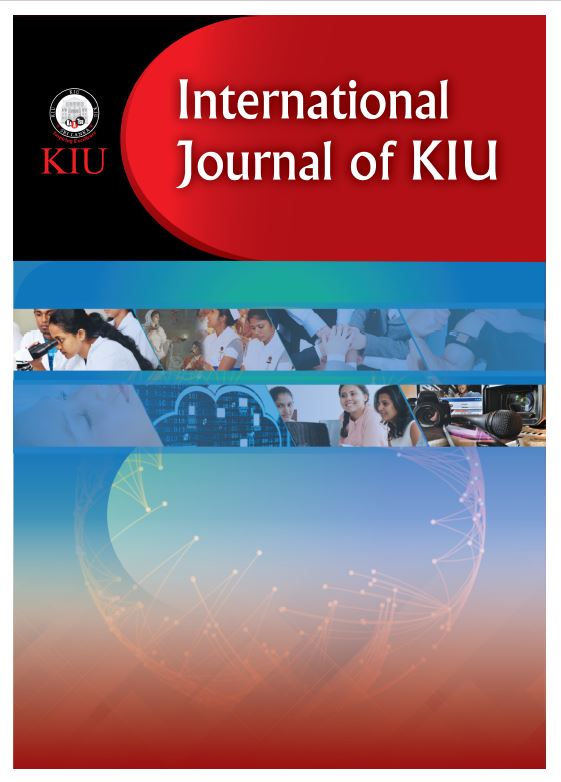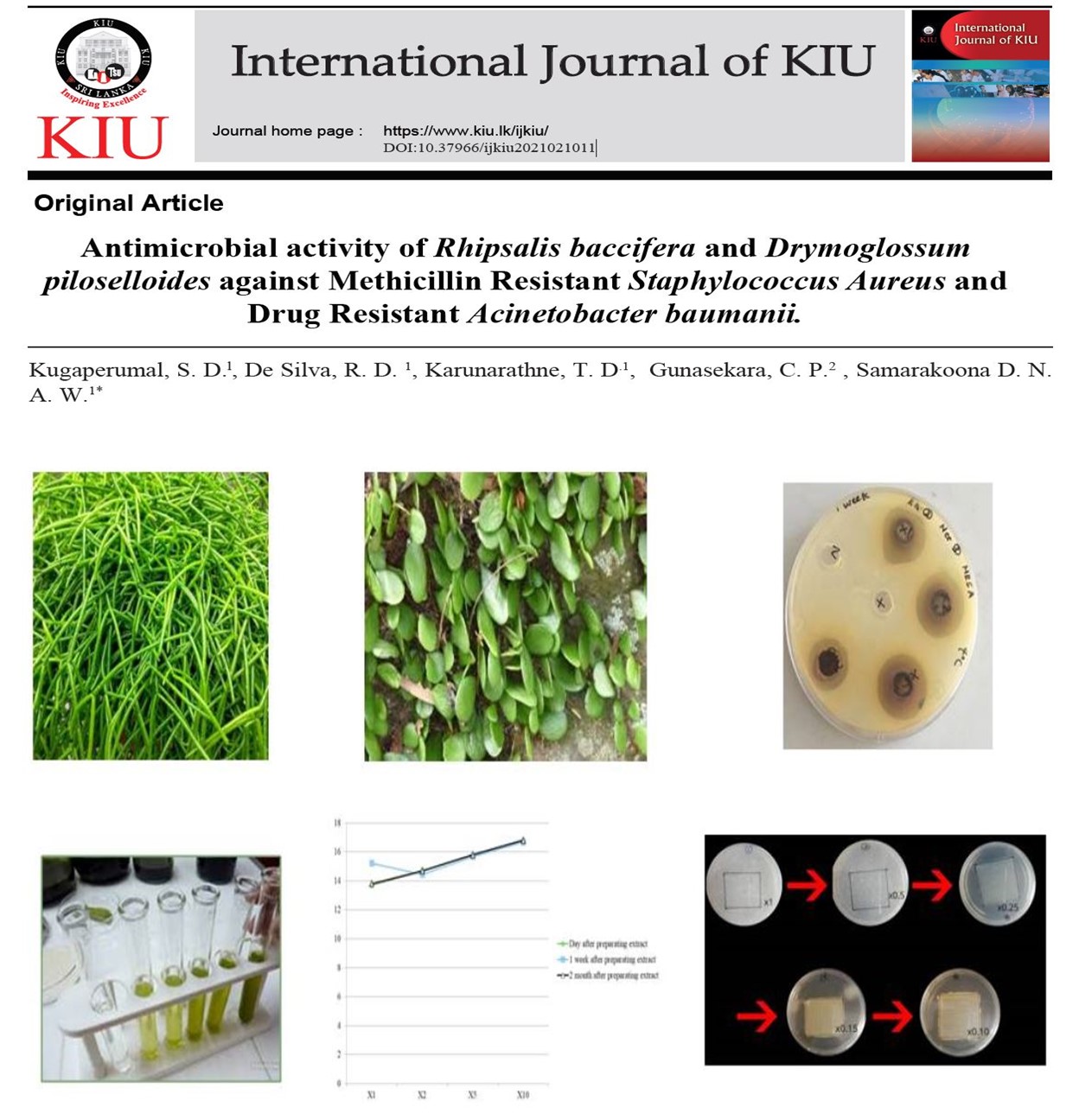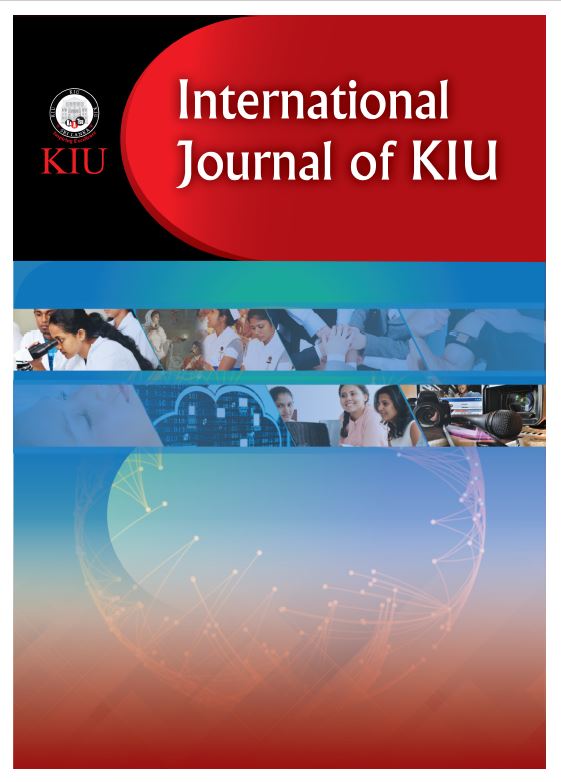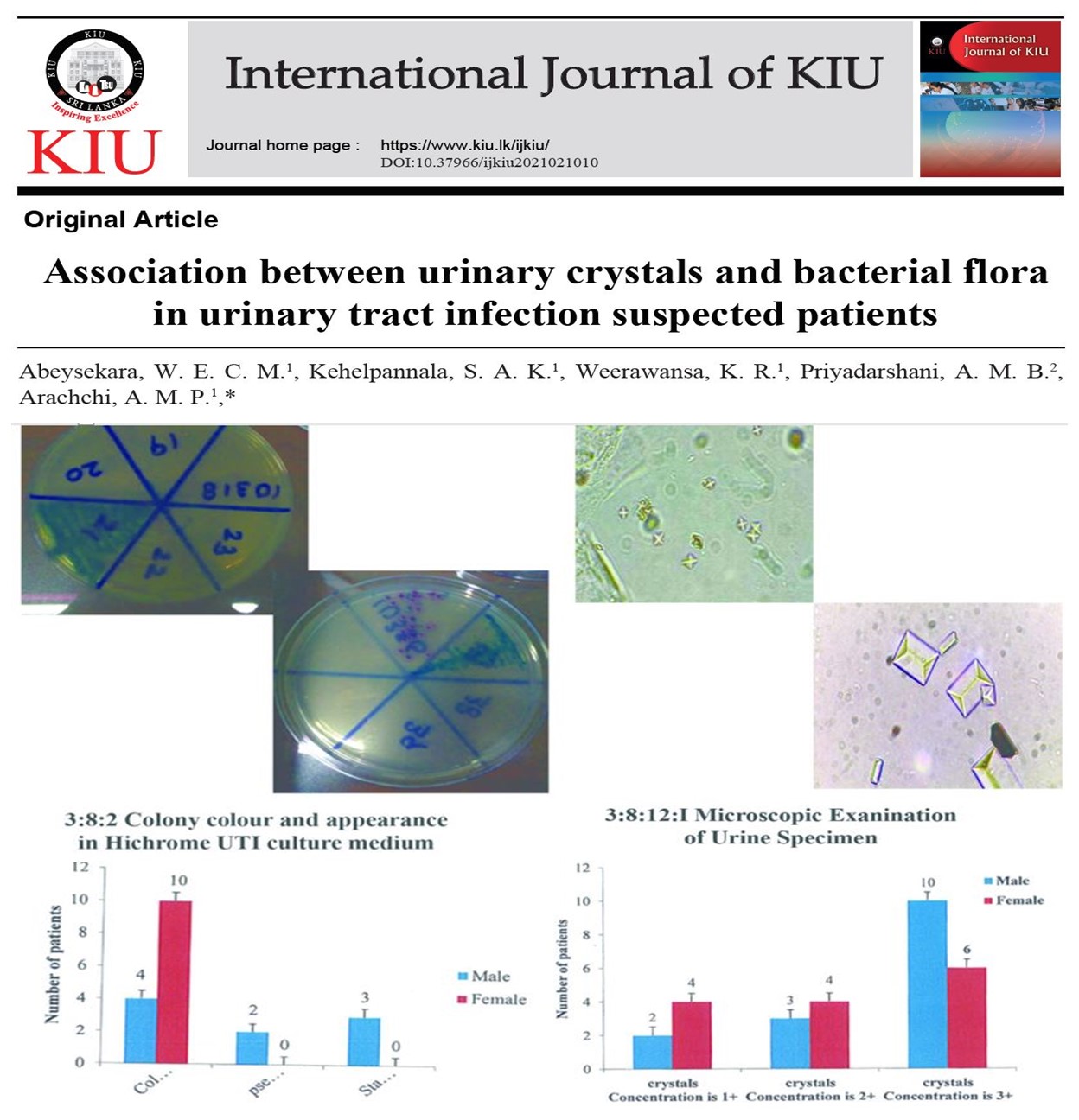Assessment of Antibiotics Prescribing Patterns at the Outpatient Department of a Specialized Children Hospital in Sri Lanka: Using WHO Recommended Prescribing Indicators
- Introduction: "Essential
Medicines List," was released by the World Health Organization (WHO) and
contains medications including some antibiotics that are considered the most
effective and secure ways to fulfil the best patient management. Despite the
establishment of standard metrics by the WHO to govern pharmaceutical
utilization, irrational prescription is common, particularly in developing
countries.
- Objective: To
assess the antibiotics prescribing patterns at the Outpatient Department of
Sirimawo Bandaranayake Specialized Children Hospital in Sri Lanka using WHO
prescribing indicators.
- Methodology: A
descriptive cross-sectional study was conducted among 375 pediatric patients’
prescription notes aged 1 to 14 years using a data extraction sheet from
prescription notes and prescription registration books. The extraction details
included the generic name of the drug, number of drugs recommended, presence of
antibiotics and mode of administration.
Results: The
majority of the encounters (52.8%, n=198) included male pediatric patients. The
average number of medications administered per encounter was 3, with 6
medications being the highest. In the outpatient department, 46.9% (n=176) of
the encounters contained antibiotics while none of the prescriptions contained
injectable medications. The majority of the prescriptions (53.6%, n=201)
contained drugs that were not from the essential medicines list while 50.1%
(n=188) contained medications prescribed using the trade name.
Conclusion: In
conclusion, polypharmacy, and antibiotics which were not from the essential
medicines list were prominent among the prescription sheets issued to pediatric
patients.
Keywords
Antibiotics
,
Pediatrics
,
WHO prescribing indicators-group 1









Related Articles